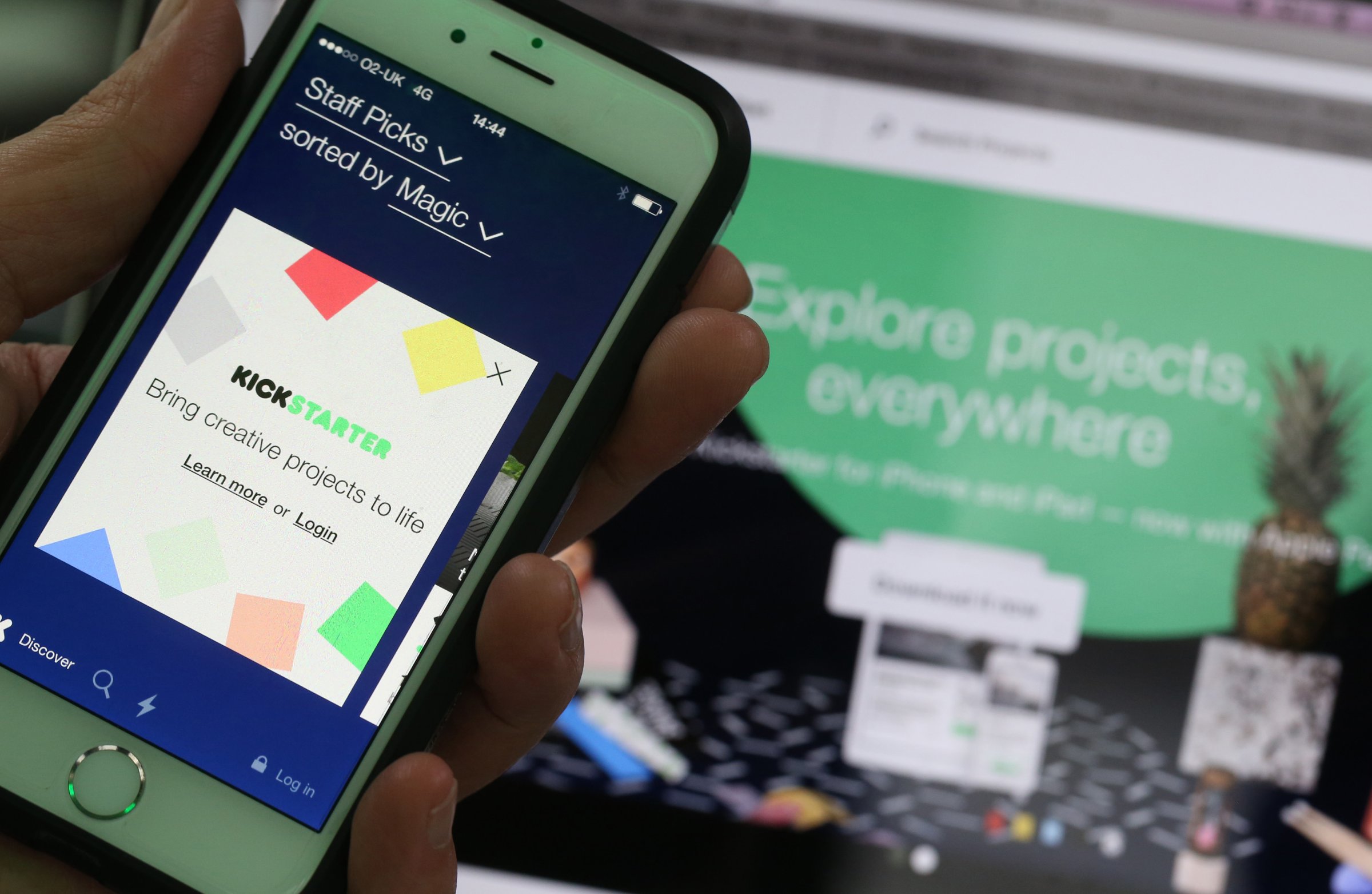
Kickstarter has become a go-to destination for inventors and creatives to crowdfund their projects. But a consistent criticism of the platform is how easy it it is for project creators to worm their way out of delivering their promised products, even when they reach their funding goals.
Now, Kickstarter is providing hard data that shows just how often crowdfunded projects fail.
According to a study by Kickstarter and a professor at the Wharton School of the University of Pennsylvania, 9% of projects on the platform failed to deliver rewards to backers. Eight percent of all Kickstarter dollars pledged were dumped into failed projects, and 7% of backers never received their requested rewards. About two-thirds of backers said their reward was delivered on time.
The study, whose findings Kickstarter says it did not influence, included survey answers of backers of more than 30,000 projects from 2009 to 2015.
10. Microsoft HoloLens

While much of the technology world is gaga over virtual reality, Microsoft is making a big bet in a similar-sounding but very different direction: Mixed reality. Wear the HoloLens, and holographic images will suddenly appear around your physical environment. The headset is potentially useful for professionals from surgeons to space astronauts.
9. Self-balancing scooters

After stars like Justin Bieber and Wiz Khalifa were spotted zipping around on these things, they were suddenly everywhere. They’re bound to be a big hit this holiday season, but a copyright dispute may make them hard to find on store shelves.
8. Google self-driving car

What happens to car design when humans don’t need to drive them anymore? Google’s self-driving car gives us a clue. It has a bubbly, Beetle-like exterior, while the interior ditches the suddenly unnecessary steering wheel. Google has no plans to bring this particular model to market; it’s merely a testbed for the company’s autonomous driving technology.
7. New Horizons Probe
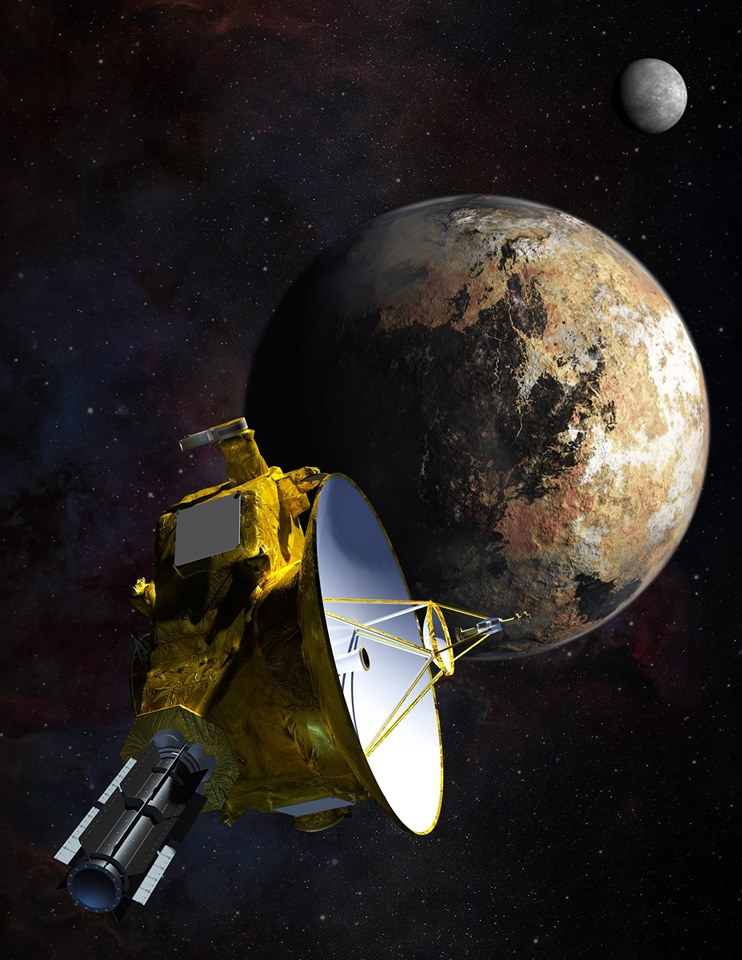
NASA’s New Horizons probe was launched way back in 2006. But its time to shine was July 14, 2015, when the craft came within 7,750 miles of Pluto, snapping photos as it passed. Shortly thereafter, New Horizons started beaming back valuable data about our far-off celestial neighbor, including the most high-resolution and, frankly, stunning imagery we’ve ever seen.
6. OnePlus 2

Chinese smartphone maker OnePlus is a small fish in a very big pond, but it stands to grow very quickly. Its latest flagship phone, the OnePlus 2, offers top-notch specs at an entry-level price: $329 with no contract. The catch? Shoppers need an invite to buy one, a stipulation that’s only added to the hype around this Android handset.
5. The DJI Inspire
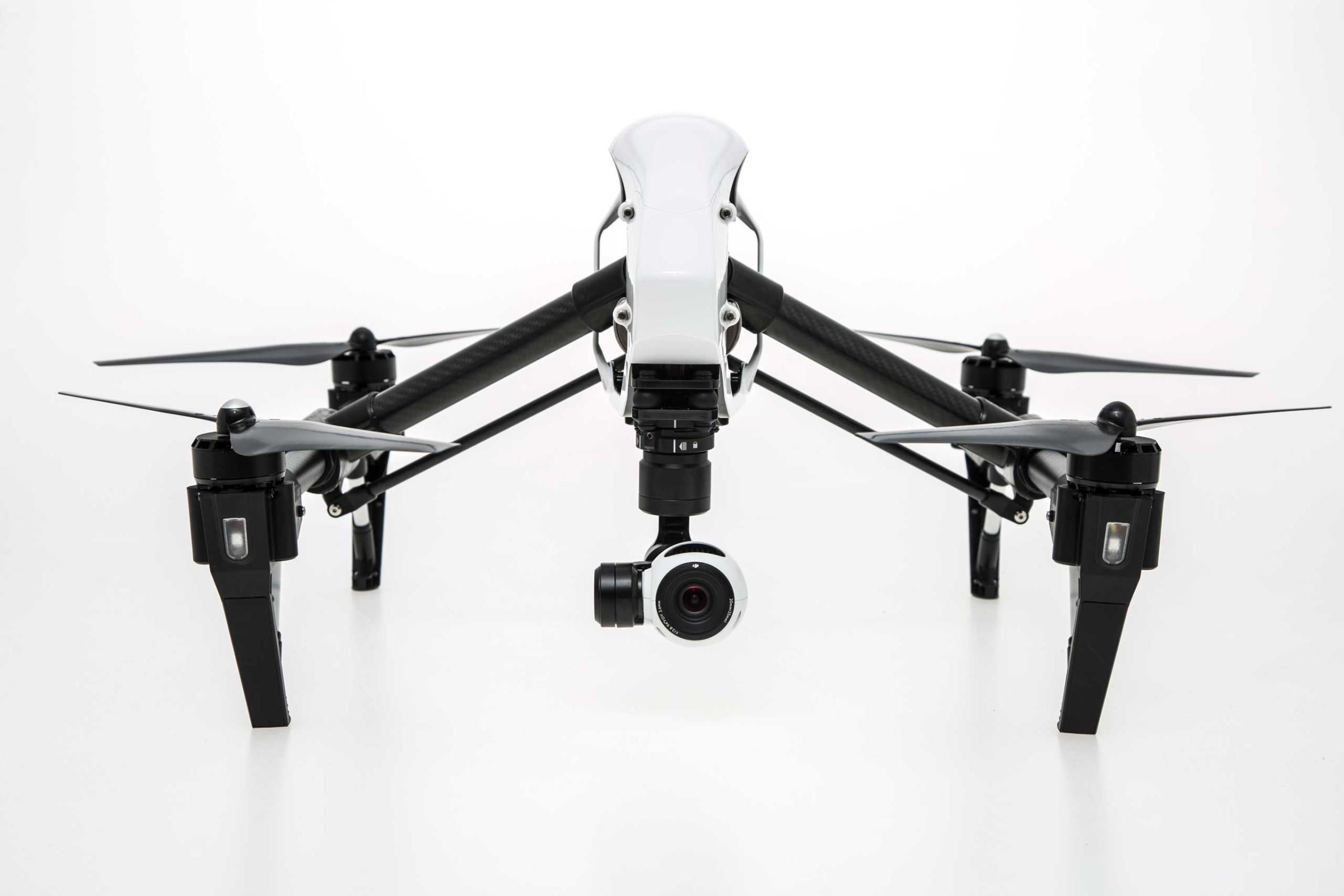
Close your eyes and imagine a drone — not the military kind, but the type you might see zipping around above your local park. Odds are, the design you’re imagining looks like DJI’s Phantom series, one of the most popular models out there. The Inspire is the Phantom’s bolder, more expensive cousin, looking like something that beamed down from an alien planet to record aerial footage of Earth.
4. Garmin Varia

741 people were killed in bicycle-related roadway deaths in 2013, according to government data. One solution could be the Garmin Varia, which takes your boring old bike and adds a high-tech radar display, alerting you when cars are approaching from behind. That situational awareness should make cycling on busy roads much safer.
3. LittleBits Gizmos & Gadgets kit
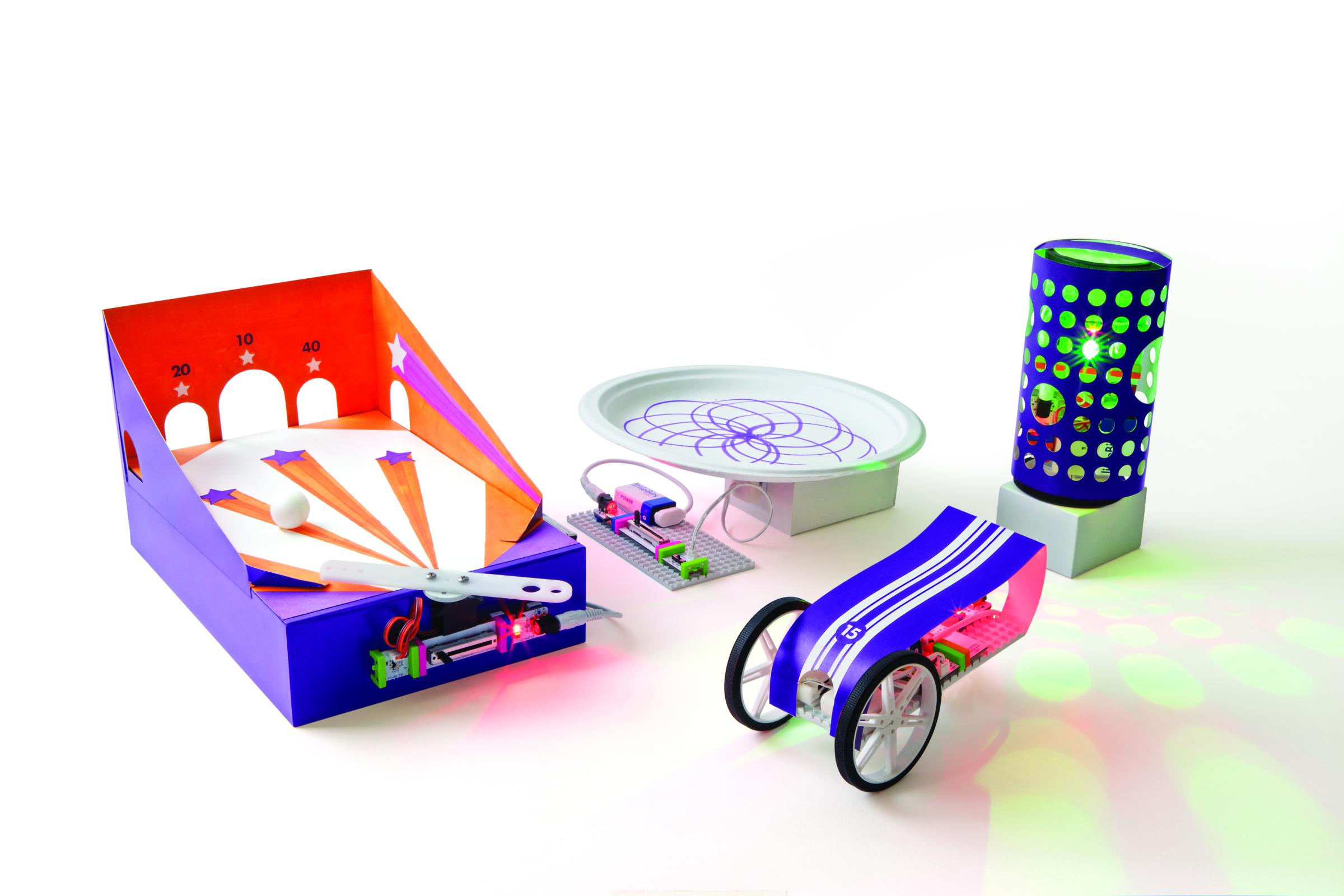
Parents are hearing all the time about how important it is for their children to learn STEM skills — that is, science, technology, engineering and math. One way to help young ones get some hands-on tech time is with LittleBits’ Gizmos & Gadgets kit, a pack of color-coded circuits, control boards and wiring that helps kids learn how their video game consoles and smartphones actually work under the hood.
2. Samsung 16TB SSD
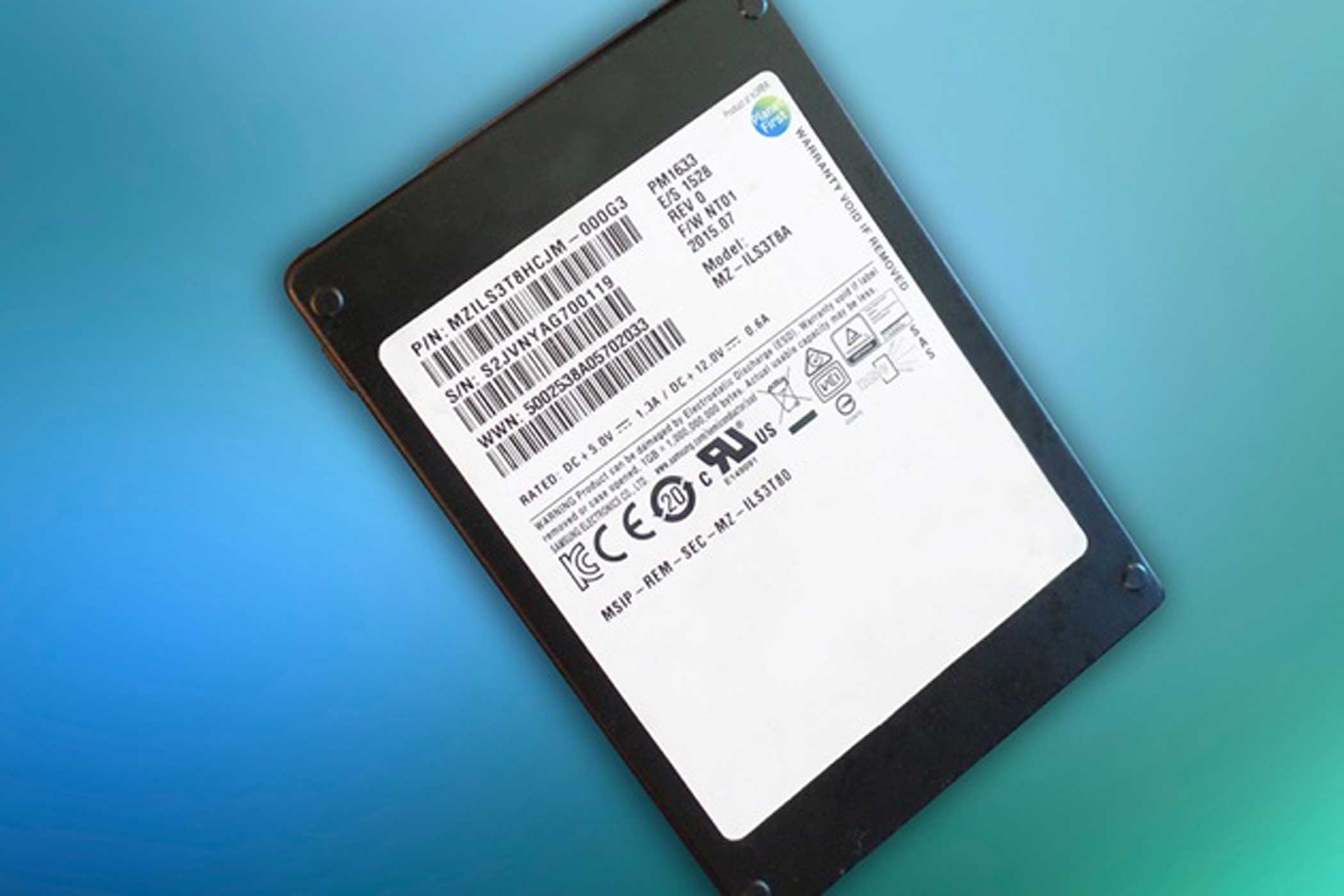
It might sound silly to get excited over something as simple as a hard drive, but Samsung gives us good reason here. This new drive is among the biggest SSD hard drives ever made — in terms of storage space, not physical dimensions. The drive can hold up to 16 terabytes of data; an entry-level iPhone stores less than 2% of that.
1. Light L16

Even as smartphones largely replace point-and-shoot cameras, there’s plenty of interesting experimentation happening in photography. One example is the Light L16 camera, a futuristic-looking shooter that’s really 16 separate cameras in one. For each image, the L16 uses up to 10 of its lenses at once, then blends those shots into a high-quality amalgamation. Shooters can also adjust the depth of field of their image after it was taken, impossible with most cameras.
Lots of high-profile Kickstarter projects have run into big problems after getting massive amounts of funding. In November the company behind a miniature drone that raised more than $2 million on the site declared bankruptcy, while another company making a high-tech cooler angered backers by selling the device on Amazon before providing it to everyone who supported the original Kickstarter project.
According to the study, though, the projects with the highest failure rate are those that raise less than $1,000.
Kickstarter cast the findings in a positive light, and again reiterated its long-held position that the platform is not a “store” where people can buy goods and get a guarantee it will arrive on their doorstep. “Is a 9% failure rate reasonable for a community of people trying to bring creative projects to life? We think so, but we also understand that the risk of failure may deter some people from participating,” the company wrote.
More Must-Reads from TIME
- Donald Trump Is TIME's 2024 Person of the Year
- Why We Chose Trump as Person of the Year
- Is Intermittent Fasting Good or Bad for You?
- The 100 Must-Read Books of 2024
- The 20 Best Christmas TV Episodes
- Column: If Optimism Feels Ridiculous Now, Try Hope
- The Future of Climate Action Is Trade Policy
- Merle Bombardieri Is Helping People Make the Baby Decision
Contact us at letters@time.com